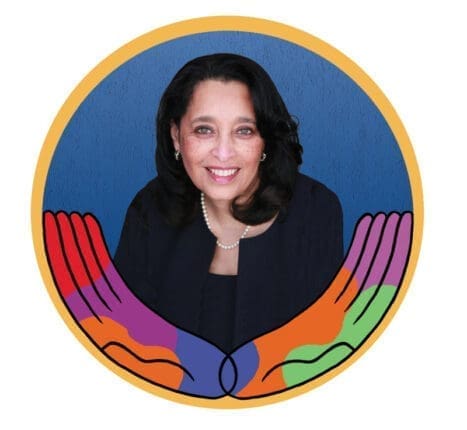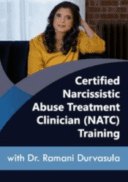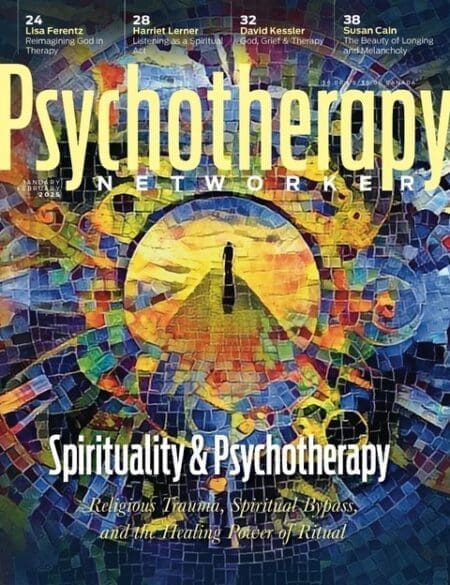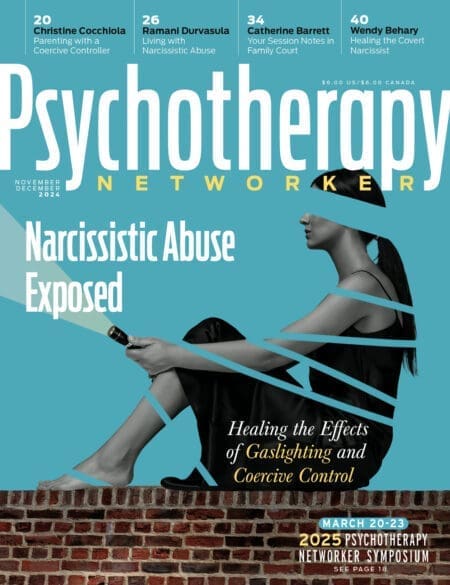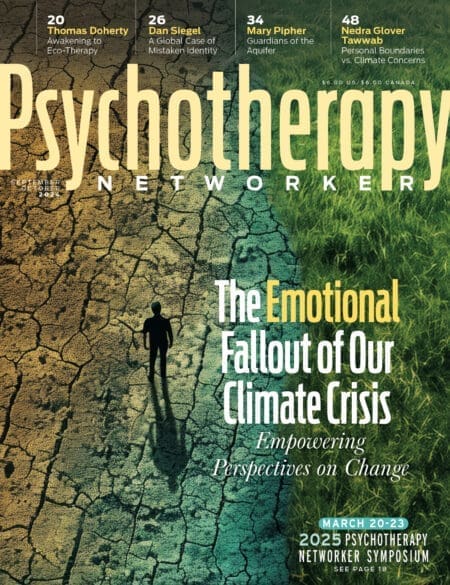When you do therapy in poor, underserved, inner-city communities, it’s important to be aware of the message your program communicates, even about things that have nothing to do with what happens in therapy sessions. For example, we never underestimate how important it is for people in the community to see our environment at Northside Center for Child Development as a place that’s well cared for, inviting, and reflective of their culture. We take special care to create an environment that’s made beautiful by artwork, most of it done by the children and families who receive services from our program and by artists that reflect our clients’ culture, race, and ethnicity. How your staff answers the phone, how they smile and look at clients, are things we don’t take for granted. We never forget that far too often our clients’ experiences have fostered feelings of distrust, caution, anger, and unfortunately, even an expectation of unfair treatment. So we work hard to make every client and family feel comfortable and welcome.
But of course, in many ways, the key to doing this kind of work is the quality of individual therapists and the relationships they develop with clients, especially those whose clinical issues and living situations seem insurmountable. Regardless of training, the most important thing a therapist can have is the strong belief that clients can get better, despite life circumstances. Sometimes new therapists who come to us get overwhelmed quickly. It’s as if they think, How can I possibly help? Many of our families in the program live in dire conditions: extreme poverty, protracted joblessness, homelessness, substance abuse. Often they don’t even have proper clothing or access to adequate schools. However, therapists who learn how to work in this environment discover that even if a family lives in extreme poverty wrapped in unbridled inequity, parents must still learn not to scream uncontrollably at their children, no matter how afraid they are for their children’s survival. Therapists who find out how to work effectively in our kind of setting learn that things can get better—perhaps just in small ways at first—and that a significant part of therapeutic progress is the family’s embrace of the therapist’s belief that things can get better, even in the most impossible-seeming circumstances.
Northside is a community-based agency in Harlem that’s provided outpatient mental health and educational services to children and families for 70 years. But this isn’t a place for brief psychotherapy. On average, clients and families work with us for about a year. The people who benefit the most from what we offer develop a sense that they’ve found a home away from home. They come to appreciate the way that we reach out to them, making a kind of family connection with them. Sometimes families we may not have seen for years will come back and update us on what they’re doing and show us the pictures of their new babies. They say, “I love Northside. Nobody else cared about me the way you did.”
Lives are changed here. We see more stabilization, more hope, more understanding, and more determination. Clients learn to embrace a sense of hopefulness and have more of a sense that problems can be solved and a belief that there’s a way out and up. Without minimizing the environment or community that’s caught them in its grip, our families come to understand how to rise and become stronger. Over time, they understand that there will be issues, but that they can work through them, and if they need assistance, they can find it.
In a setting like this, an important part of the therapist’s job is to address our clients’ physical well-being. We supply snacks and food for children and families who come in, because many of them are hungry and don’t know where their next meal will come from. It’s especially hard to have kids focus when they’re hungry. Additionally, in 75 percent of the families we see, someone has uncontrolled and/or irregularly monitored asthma, diabetes, hypertension, or obesity. We’re not doing our job well if we’re not asking questions about clients’ physical health.
Sometimes helping families embrace a new way of understanding issues or following through on recommendations can be a struggle. With one 3-year-old boy in a new immigrant family, for example, a routine eye exam (which we provide for all children) found he needed glasses, but his parents thought glasses would make him look “funny” and that other kids would tease him. Plus, they were truly convinced that he really didn’t need glasses. Initially, they refused to allow us to get him glasses, even when we assured them that we would pay for them. Finally, one of the therapists said, “Can you agree to just let us get the glasses and let him wear them for two weeks? If it creates a problem, you can decide what to do from there.” After the child wore the glasses for two weeks, the family came back to us and felt so regretful for their initial reluctance. They’d seen the eager way their child put those glasses on every morning and how much better he could see with them. How could they almost not have let their child get glasses? This is the kind of small victory that’s so important to notice and celebrate in doing this kind of work. We knew the parents wanted to provide the best for their child, and we appealed to that desire, making sure that we never disrespected their beliefs and always viewed their commitment to their child as a strength to be used to move the treatment forward. Most importantly, the therapist never lost hope.
Unfortunately, like most centers, we’re chronically underfinanced, and our therapists feel a great deal of pressure to provide billable services to clients. It can be hard to hold on to our best therapists if we don’t provide benefits beyond paying them for the hours they see clients. Despite the financial pressure, one of the most important things I’d like to be able to do to heighten the quality of care we provide would be to give our therapists more time just to talk and learn from each other. It’s regrettable that therapists are increasingly being pushed to see a greater number of clients in these types of settings where problems are high and crises many.
Clinicians who have time to talk to each other discuss the challenges of this kind of work and remind each other of the importance of not giving up on their clients, not feeling hopeless, and transmitting a sense of hopefulness. Our staff have attended some of the nation’s finest institutes and training programs, but what we feel makes the ultimate difference is supporting client strengths, understanding the reality of the inequities in which our clients live, and recognizing the importance of hopefulness. In essence, we believe in and embrace improvement against all odds.
Thelma Dye
Thelma Dye, PhD, is a psychologist and the Hilde L. Mosse executive director/CEO of Northside Center.

